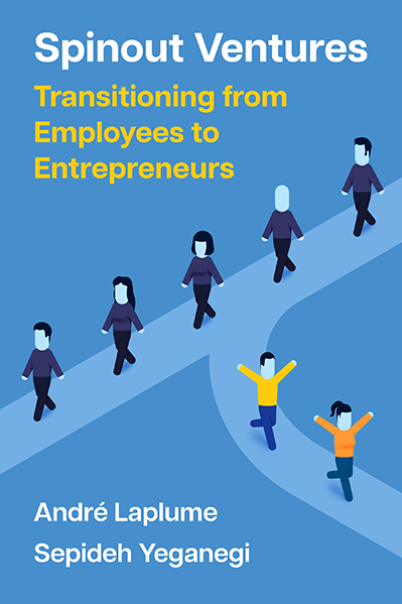Resilience and entrepreneurship
What is the resilience theory? Resilience is the ability to get up after you fall down, whether it be physically, psychologically, cognitively, financially, socially, or economically. Resilience is expected to be an important capability of entrepreneurs because they typically face numerous failures on their way to eventual success. The idea of resilience as a virtue for entrepreneurs is appealing because it soothes the failed or failing entrepreneur. It involves a belief that continuing on despite setbacks is better than withdrawing from entrepreneurial activities. For example, the popular idea of the pivot implies the need to change directions as reality comes into focus. Ayala and Manzano (2014) find that Spanish small business owners are more resilient than the general population, highlighting the sub-construct of resourcefulness. Bullough, Renko and Myatt (2014) focus on entrepreneurs during times of war, who show great resilience in the face of conflict. Entrepreneurial

